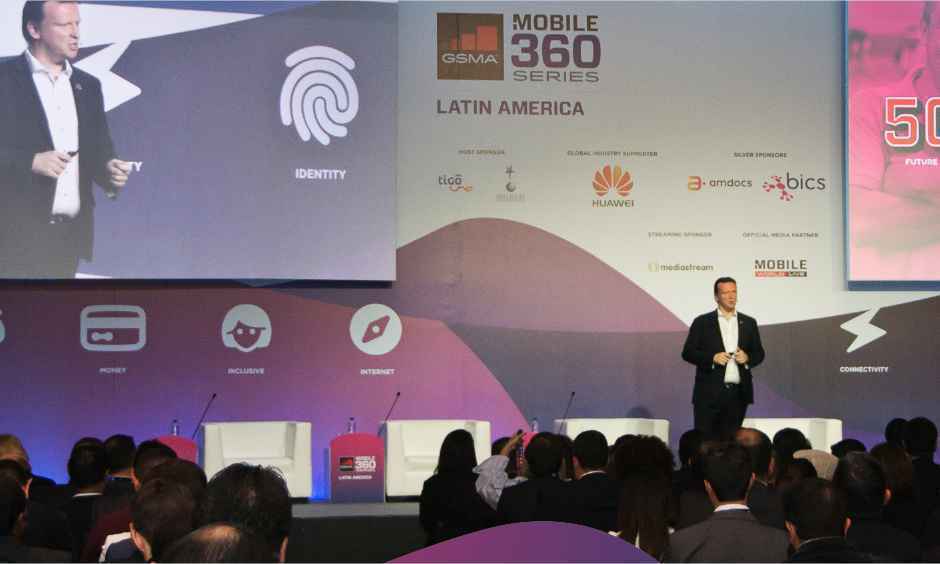More than a billion individuals across Latin America will be connected to a mobile network by the end of the decade, equivalent to about three-quarters of the region’s population. Some markets in the region will be approaching saturation by this point, but many will still have plenty of room for growth. But the real story in
Latin America is not about market penetration: it is about the rapid migration to smartphones and super-fast mobile networks and the impact this is having on society and the region’s economies.
The mass-market adoption of smartphones is a relatively recent phenomenon in Latin America. Smartphones accounted for fewer than one in 10 connections as recently as 2012. However, declining handset prices and the increasing availability of subsidies and finance offerings by mobile operators has led to a surge in smartphone adoption in recent years. Today, smartphones account for about 60 per cent of the 690 million connections on Latin American mobile networks.
The move to 4G networks has also been slower in Latin America compared to markets such as the US and Europe – but 4G has now reached critical mass in the region, providing coverage to 70 per cent of the population. As of June 2017, Latin American mobile operators had launched more than a hundred 4G networks across 45 markets. 4G now accounts for approximately a quarter of mobile connections in the region, almost doubling from a year earlier, due to strong take-up of 4G in large markets such as Brazil, Mexico and Argentina. Local operators are set to invest nearly $70 billion in their networks by the end of the decade, much of which will focus on expanding 4G coverage.
5G networks are just around the corner too: the first commercial 5G networks in the region are expected to be switched on in 2020 and are forecast to provide coverage to around half of the population by 2025.
Around three-quarters of the Latin America’s mobile subscribers – almost 350 million people – use their devices to access the internet, more people than do so in the US. Moreover, Latin America has some of the most advanced and engaged mobile internet users in the world. Three of the top ten countries surveyed by We Are Social/Hootsuite on daily mobile internet usage are Latin American, with Brazil ranked second. Smartphones have also been instrumental in establishing Latin America as one of the world’s largest consumers of social media, with the vast majority of usage occurring over mobile networks.
With faster devices and networks, it’s no surprise that mobile data consumption is rising rapidly. At the same time, local operators are becoming increasingly successful at monetizing data traffic. In Brazil, for example, Telefónica Vivo reported a 144 per cent year-on-year increase in data traffic in Q2 2017, which it attributed to improving 4G coverage and strong adoption and consumption trends. But the operator was also able to report a 31 per cent increase in data ARPU, which more than offset declines in voice revenue.
As a result of rising smartphone adoption and 4G usage, the mobile ecosystem in Latin America provides a large, scalable platform for entrepreneurism. A vibrant tech startup ecosystem is emerging in major regional hubs such as Sao Paulo, Buenos Aires and Mexico City.
As a result of these trends, Latin America’s mobile ecosystem will be a growing contributor to the region’s economy over the next few years. In 2016, the industry added $260 billion in economic value, equivalent to 5 per cent of GDP. This figure is forecast to grow to $320 billion by the end of the decade (5.6 per cent of GDP), underlying the ecosystem’s increasing importance as a platform for innovation, investment and entrepreneurism.

